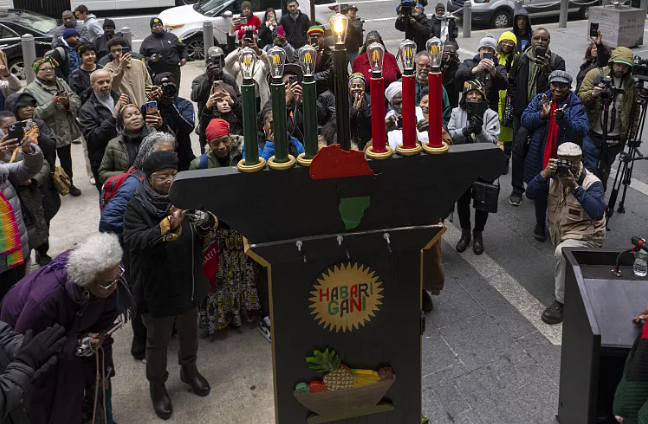
A traffic jam. A chaotic classroom. A political protest gone wild.
We call them bedlam—scenes of noise, confusion, and uproar.
But what if we told you that “bedlam” was once not just a word, but a place—a real institution where suffering echoed through stone corridors, and madness was put on display for public amusement?
This is the story of how a medieval asylum gave English one of its most evocative words for disorder—and how language, like memory, can carry echoes of both pain and progress.
The Birth of Bethlem
It began in 1247, when the Priory of St. Mary of Bethlehem was founded in London. Initially a religious institution, it evolved over the centuries into something far more grim: Bethlem Royal Hospital, one of the first—and eventually most infamous—psychiatric hospitals in Europe.
By the 14th century, Bethlem began admitting mentally ill patients. But far from healing, the institution became a symbol of inhumanity, where the ill were shackled, starved, and subjected to brutal “treatments” like bloodletting and purging.
When Madness Became Entertainment
By the 1600s, Bethlem had become a spectacle. Londoners could pay a penny to wander the hospital halls and gawk at the patients—treated not as people, but as curiosities in a human zoo.
Crowds would laugh at their cries. Some came for pity, others for thrill.
Estimates suggest that hundreds of thousands visited each year, reinforcing the place’s reputation as a house of horror and chaos.
And so, Bethlem—mispronounced by the masses as Bedlam—slipped from a proper noun into common language.
The Word Takes On a Life of Its Own
By the 17th century, “bedlam” had become more than a place name. It became a metaphor. A shorthand for hysteria.
In everyday English, bedlam came to mean exactly what the hospital had become: a scene of screaming, disorder, and unchecked madness.
It seeped into plays, books, and eventually film. The 1946 psychological thriller Bedlam dramatized the horrors of the institution, showing audiences just how blurred the lines between “treatment” and torment once were.
Modern Medicine, Lingering Echoes
Today, Bethlem Royal Hospital still exists—part of the UK’s NHS, now dedicated to modern, humane psychiatric care.
Its name endures. So does the word it birthed.
But while we may casually use bedlam to describe a chaotic day at work or a noisy dinner party, the word holds shadows of a past we shouldn’t forget.
It reminds us of a time when mental illness was misunderstood, feared—and cruelly put on parade.
A Word of Warning, and a Word of Hope
Language is powerful. Bedlam is a linguistic relic—one that captures the brutality of early psychiatric history, the voyeurism of a society that mocked the vulnerable, and the evolution of our collective conscience.
So next time you say “this place is bedlam,” remember: you’re not just describing chaos. You’re echoing history.




